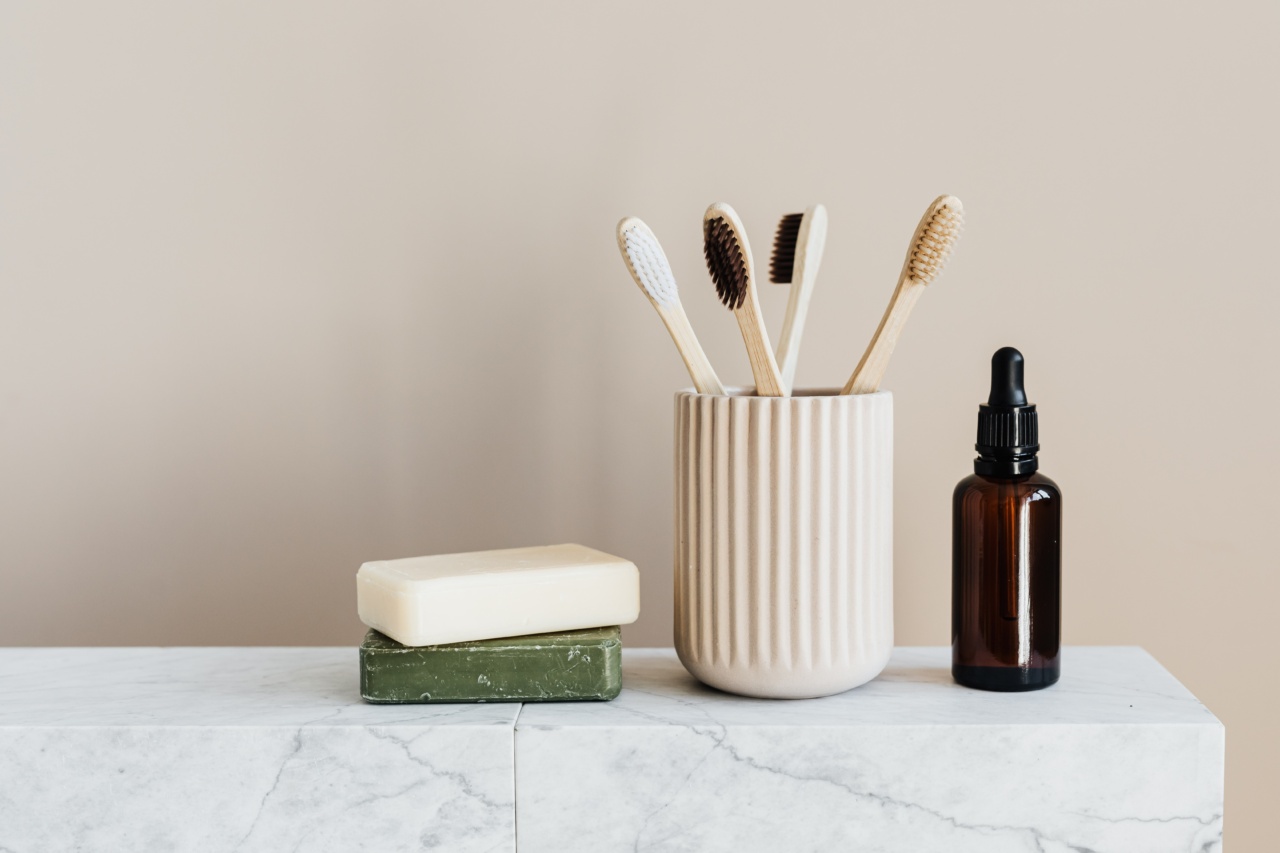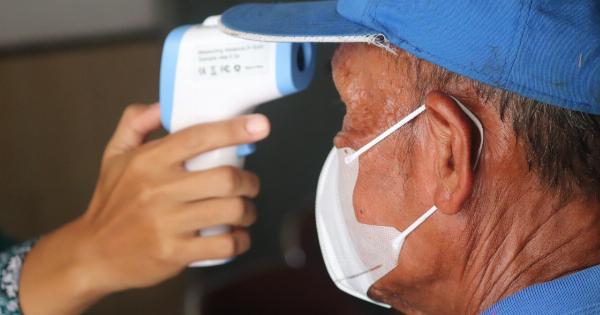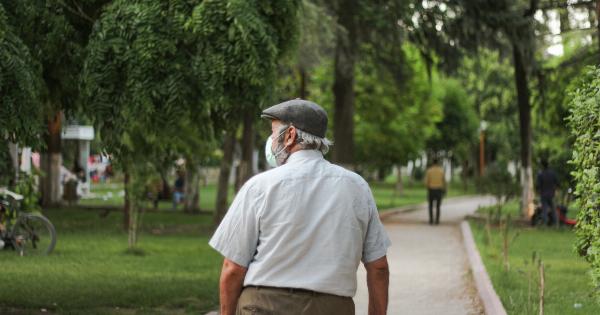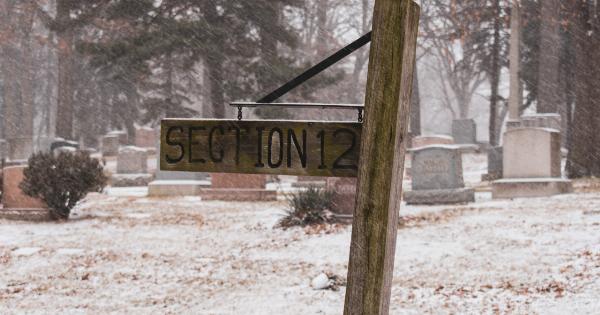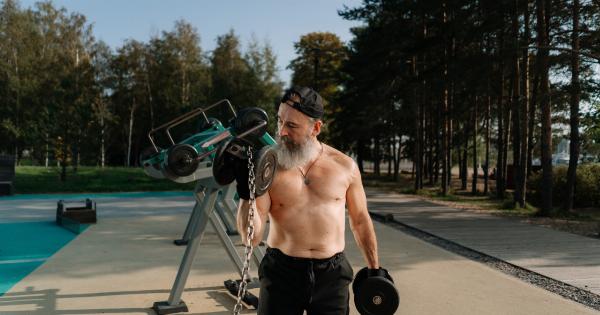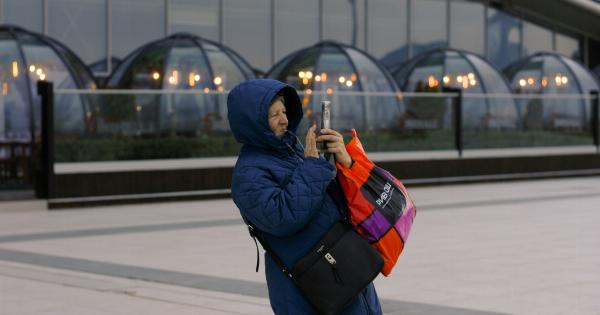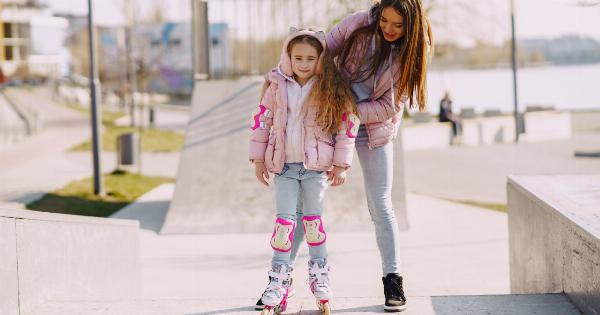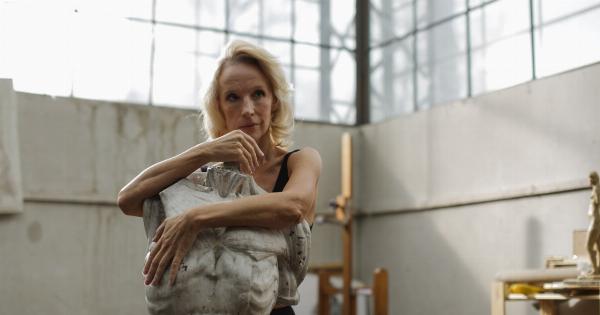As we grow old, our body undergoes significant changes, making us more prone to falls and injuries.
In fact, falls are the leading cause of injury among older adults, and they can have a significant impact on an individual’s physical and mental health, as well as their independence.
The good news is that falls can be prevented by taking some simple precautions and making minor adjustments to our surroundings. In this article, we will discuss 5 simple tips that can reduce elderly falls by up to 25%.
Tip #1: Improve Lighting
Poor lighting can lead to missteps and accidents, especially for older adults who have reduced vision. Therefore, it is essential to review your lighting situation and make improvements as needed.
Some tips for improving lighting include:.
- Replace dim bulbs with brighter ones as needed
- Add task lighting in areas such as the kitchen, bathroom, and stairways
- Install motion-sensor lights in common areas to increase visibility at night
Tip #2: Reduce Clutter
Keeping a tidy home is essential for fall prevention, as clutter can create tripping hazards. Therefore, it is essential to keep your home organized and free of unnecessary items.
Some tips for reducing clutter include:.
- Remove loose rugs or secure them with anti-slip backing
- Keep all walkways and doorways clear of obstructions
- Ensure that all cords and wires are secured and out of the way
Tip #3: Install Assistive Devices
Assistive devices can help older adults maintain their balance and prevent falls. These devices can be simple modifications to the home or specialized equipment designed for fall prevention.
Some examples of assistive devices include:.
- Grab bars in the bathroom and by the bed
- A securely installed raised toilet seat
- A shower or tub chair
- A walker or cane
Tip #4: Stay Active
Maintaining physical activity is essential for fall prevention, as it can help improve balance, strength, and flexibility.
Therefore, it is crucial for older adults to stay active and engage in physical activities that are safe and appropriate for their abilities.
Some helpful activities for fall prevention include:.
- Walking or hiking
- Yoga or tai chi
- Water aerobics or swimming
- Chair exercises or strength training
Tip #5: Schedule Regular Check-Ups
Regular check-ups with a healthcare provider can help identify any underlying conditions that may increase the risk of falls.
Additionally, medical professionals can provide guidance on medication management, vision screenings, and other fall prevention strategies.
Some important check-ups to schedule include:.
- An annual physical exam
- A medication review with your healthcare provider or pharmacist
- A vision screening
- A bone density test
Conclusion
Falls can be a significant concern for older adults, but they can also be prevented with the right precautions.
By making minor adjustments to your home, staying active, and scheduling regular check-ups, you can reduce the risk of falls and maintain your independence.
